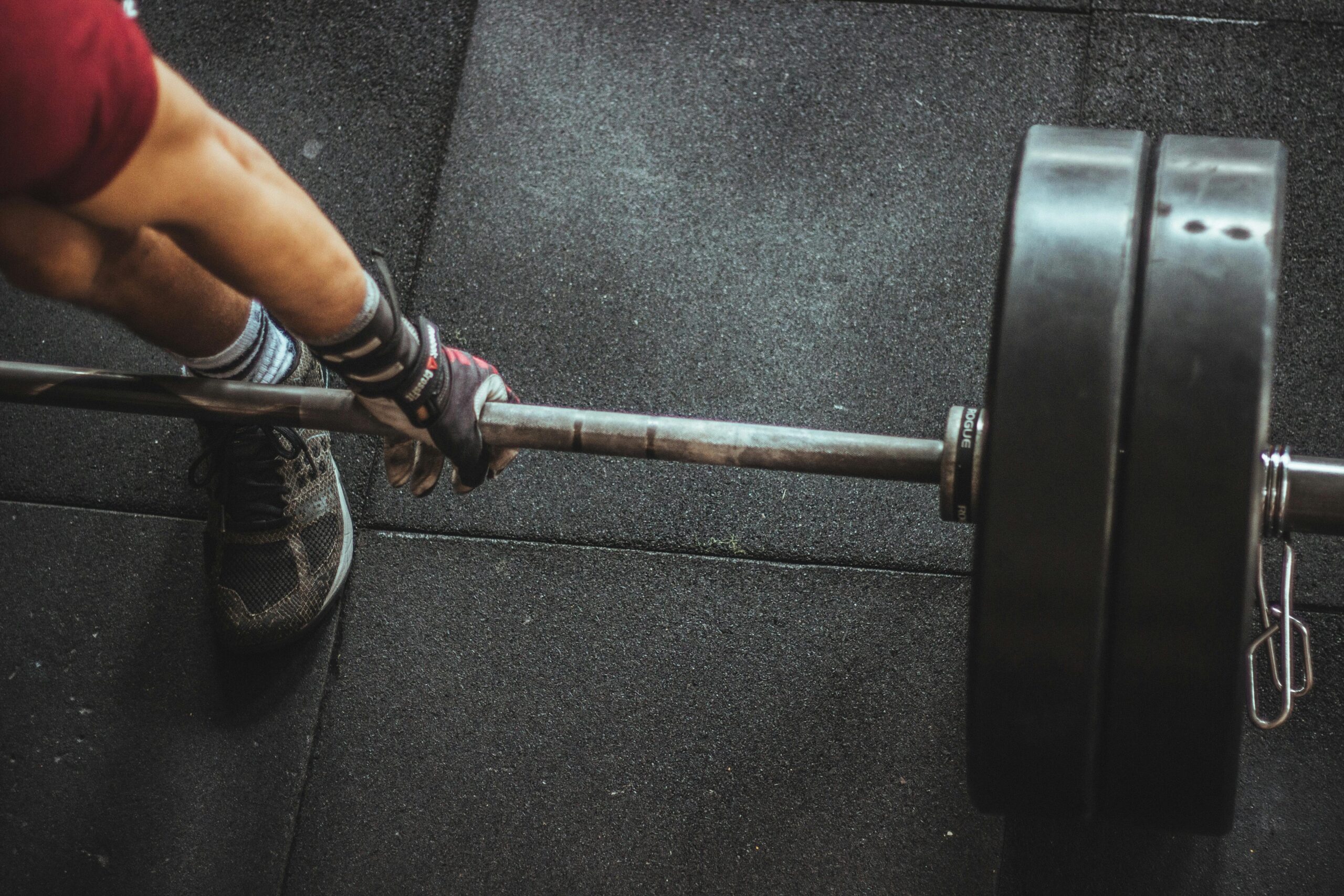

Unlock Core Power: 10 Must-Try Exercises for Stability, Strength, and Definition
Building a strong core is essential for more than just aesthetic appeal. Core strength contributes to balance, stability, posture, and injury prevention. Whether you’re running, lifting weights, or simply carrying groceries, a solid core helps protect the spine, improves mobility, and supports nearly every movement your body makes. Core exercises target a range of muscles, including the rectus abdominis (front abs), transverse abdominis (deep abs), obliques (side abs), and lower back muscles, leading to a balanced, stronger midsection. This guide provides exercises tailored to all fitness levels, from beginners to advanced athletes, offering a comprehensive approach to core fitness.
Beginner-Friendly Core Exercises
1. Plank Variations
Description: Planks are foundational for core strength, as they target multiple muscle groups, from abs to shoulders.
- Standard Plank: Hold a position on your forearms and toes with your body in a straight line. Aim to hold for 20-30 seconds, progressing to longer times as you improve.
- Side Plank: Begin by lying on one side, then lift your hips and balance on one forearm and the side of one foot. Hold for 15-30 seconds per side.
- Modified Plank: Place knees on the ground to reduce the load while keeping the torso straight. This variation is helpful for those building up core strength.
Benefits: Builds endurance in the core muscles, enhances stability, and engages the whole body.
2. Leg Raises and Crunches
Description: These exercises activate the lower and upper core for balanced strength development.
- Leg Raises: Lie on your back, keep legs straight, and lift them to a 90-degree angle, then lower slowly. Perform 10-12 reps.
- Crunches: Lie on your back with knees bent. Lift shoulders towards the knees, squeezing the abs, and then lower back down. Aim for 15-20 reps.
Benefits: Strengthens the lower abs and hip flexors with leg raises, while crunches emphasize the upper core.
3. Bird Dog
- Description: Begin on all fours, extending one arm and the opposite leg out straight. Hold briefly, then switch sides. Aim for 10 reps per side.
- Benefits: Improves balance, core stability, and engages multiple muscle groups, including the lower back and glutes.
Intermediate Core Exercises
4. Russian Twists
- Description: Sit on the floor with knees bent, lean back slightly, and twist the torso side-to-side while holding a weight or medicine ball. Perform 15 reps per side.
- Benefits: Engages the obliques, upper core muscles, and supports rotational strength essential for sports performance.
5. Bicycle Crunches
- Description: Lie on your back, bring one knee to the opposite elbow while extending the other leg, mimicking a pedaling motion. Aim for 20-30 reps.
- Benefits: Targets the obliques and upper core muscles while increasing core endurance and overall workout intensity.
6. Mountain Climbers
- Description: From a plank position, bring one knee toward the chest and switch rapidly between legs. Perform for 30 seconds to 1 minute.
- Benefits: Combines cardio with core work, challenging endurance and increasing heart rate while strengthening the lower abs.
- Want To Build Muscle Fast? Try These Protein And Nutrition Hacks
Advanced Core Exercises
7. Hanging Leg Raises
- Description: Hang from a pull-up bar and slowly lift your legs to a 90-degree angle, then lower with control. Aim for 10-12 reps.
- Benefits: Strengthens lower abs, improves grip strength, and enhances overall core control.
8. Windshield Wipers
- Description: Hang from a bar or lie on your back with arms outstretched. Move your legs from side to side in a windshield wiper motion, keeping them together. Aim for 8-10 reps per side.
- Benefits: Engages the obliques and lower back for increased rotational strength and stability.
9. Dragon Flags
- Description: Lie on your back, hold onto a sturdy surface behind your head, and lift your legs and torso straight up, slowly lowering down without touching the ground. Aim for 6-8 reps.
- Benefits: This advanced move challenges the entire core, especially the lower abs, requiring full control and core strength.
Designing a Core Workout Routine
An effective core routine should include exercises from various levels to keep challenging the muscles and ensure balanced development. Here are sample routines for beginner, intermediate, and advanced levels:
- Beginner Routine:
- Standard Plank: 3 x 20-30 seconds
- Bird Dog: 3 x 10 per side
- Crunches: 3 x 15
- Intermediate Routine:
- Side Plank: 3 x 20 seconds per side
- Russian Twists: 3 x 15 per side
- Bicycle Crunches: 3 x 20
- Advanced Routine:
- Hanging Leg Raises: 3 x 10
- Windshield Wipers: 3 x 8 per side
- Dragon Flags: 3 x 6
Tips: Rest 30-60 seconds between sets for beginners and intermediates, and 1-2 minutes for advanced exercises. Focus on form over reps to avoid injury and ensure effective engagement of the core muscles.
Looking for the best gym in Abuja for your fitness goals? Here is a comprehensive list for you
Common Core Exercise Mistakes to Avoid
- Overarching the Lower Back: Avoid arching your back during exercises like leg raises or planks, as this can lead to strain.
- Holding Breath: Remember to breathe steadily. Holding your breath can increase intra-abdominal pressure and affect endurance.
- Using Momentum: Instead of swinging the body, focus on slow, controlled movements to effectively engage the core.
Pro Tip: Mirror-based feedback or recording your form can help you catch and correct form issues.
Complementing Core Workouts with Cardio and Strength Training
A strong core can only be effectively defined when paired with overall body strength and low body fat levels. Here’s why and how cardio and full-body strength training complement core workouts:
- Cardio for Fat Loss: Running, cycling, and HIIT exercises help reduce body fat, making core muscles more visible.
- Full-Body Strength Training: Exercises like squats, deadlifts, and push-ups indirectly work the core, building stability and strength across the entire body.
- Workout Structure: Incorporate core workouts 2-3 times per week alongside a balanced routine of cardio and strength for optimal results.
Frequently Asked Questions
1. How often should I train my core?
Aim for 2-3 dedicated core sessions per week. The core recovers relatively quickly, but allowing at least a day of rest between sessions ensures muscles are ready to work at their best.
2. Do I need a “six-pack” to have a strong core?
No, visible abs are a result of low body fat, not necessarily core strength. Many people with strong cores do not have visible six-packs, but they benefit from stability and functional strength.
3. Why am I sore after core workouts, and should I push through?
Soreness is common after core exercises, especially if you’re new to the routine. Allow muscles to recover for 24-48 hours before hitting the core again. Overworking the core can lead to poor performance and increase injury risk.
Conclusion: Unlocking the Power of Core Strength
Building a strong core is a transformative goal that enhances physical performance, stability, and posture while reducing injury risk. By incorporating a range of exercises—from beginner-friendly moves to advanced techniques—you can ensure balanced core strength at any fitness level. Prioritize form, stay consistent, and remember that a strong core contributes to more than just aesthetics; it’s a foundation for a fitter, healthier life.
